VANCOUVER, May 27, 2024 – The Vancouver Humane Society (VHS) is raising concerns after footage from a rodeo held in Keremeos over the May long weekend showed stressed animals being put at risk of serious injury.
“It was shocking and quite frankly difficult to watch some of the footage”, said VHS Campaign Director, Emily Pickett. “One video shows a roped steer being dragged around the arena behind a fleeing roping horse. You can hear the announcer yelling for someone to cut the rope and, at one point, the steer defecates – which, in this context, is an indication of stress. Finally, the rope is cut and the steer is freed, but we don’t know if the steer sustained any serious injuries from the incident, as injuries may take up to 48 hours to present and that information isn’t made readily available to the public.”
Footage also showed a horse in a bad way, with a foot stuck in an unusual body position. It appears like the horse fought being in the chute and then gave up, with a response that looks like learned helplessness. This kind of shut down behaviour happens when an uncomfortable or painful situation presents repeatedly and there is no escape.
In yet another video, a visibly agitated bull gets his hind leg stuck for several minutes between the bars of a bucking chute, with little effort made to assist the animal as the rodeo carries on around him.
The VHS pointed to public polling conducted in February which found that just under three in five Canadians said that they would “probably” or “definitely” not watch bull riding (59%) and saddle bronc (58%), two of the events seen in this month’s Keremeos rodeo.
This is not the first time the VHS has released concerning rodeo footage in B.C. In recent years, videos from other rodeos have highlighted animals being inhumanely handled and deliberately agitated. These more recent incidents at the Keremeos rodeo reiterate the risk of serious injury and death that animals used in rodeo events face, all for the sake of public entertainment.
The VHS is encouraging decision-makers to prohibit roping, wrestling and bucking events, which rely on the use of fear, discomfort and stress to make animals perform. Other jurisdictions are already leading the way, including the City of Vancouver, District of North Vancouver and City of Port Moody, which all have bylaws prohibiting inhumane rodeo events and practices.
– ends –
SOURCE Vancouver Humane Society
For more information, contact Emily Pickett: 604-416-2903, emily@vancouverhumanesociety.bc.ca
Related links:
Related media:
Raw footage:
Colour graded videos:

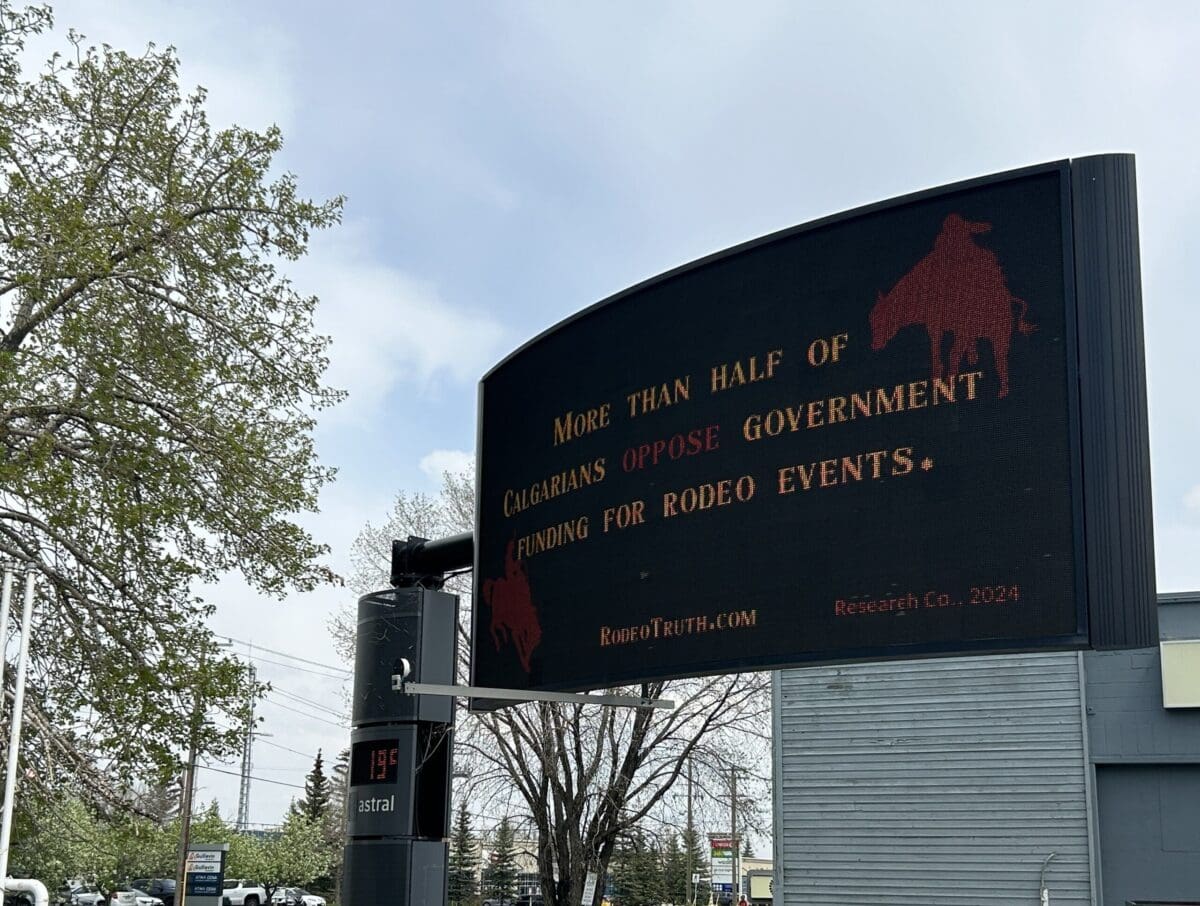

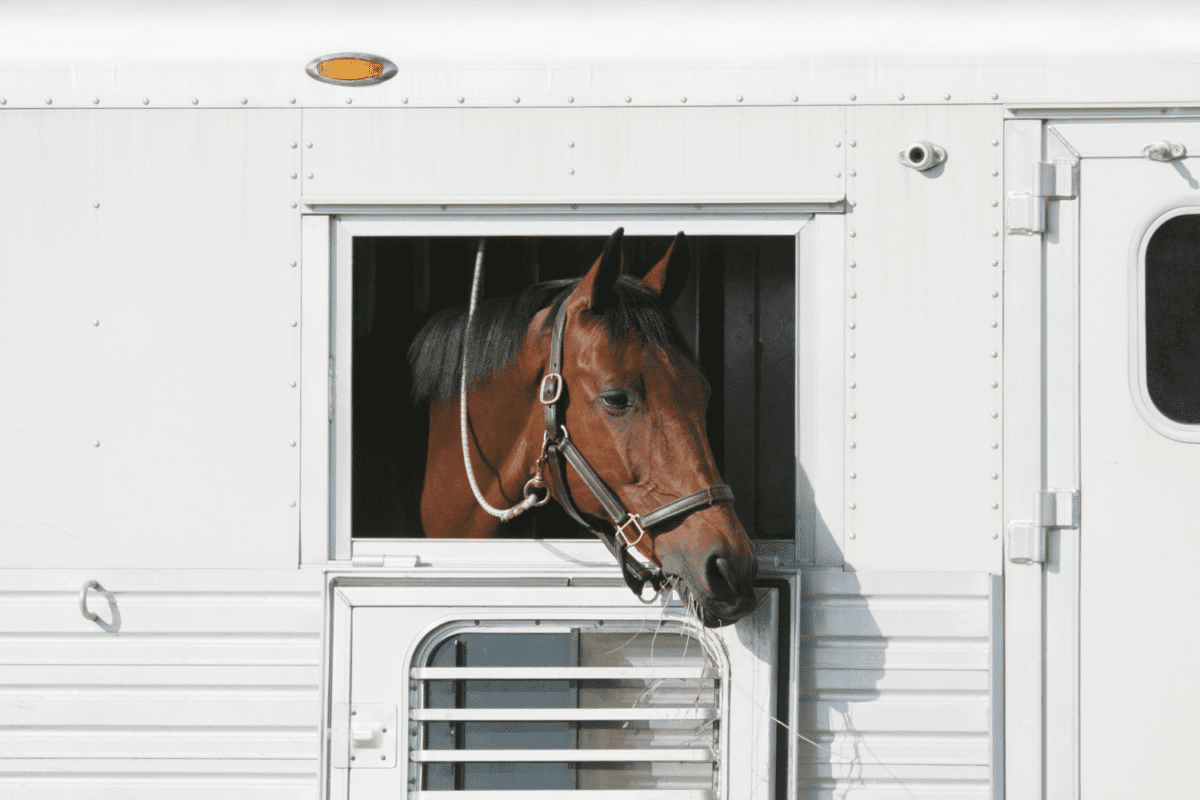
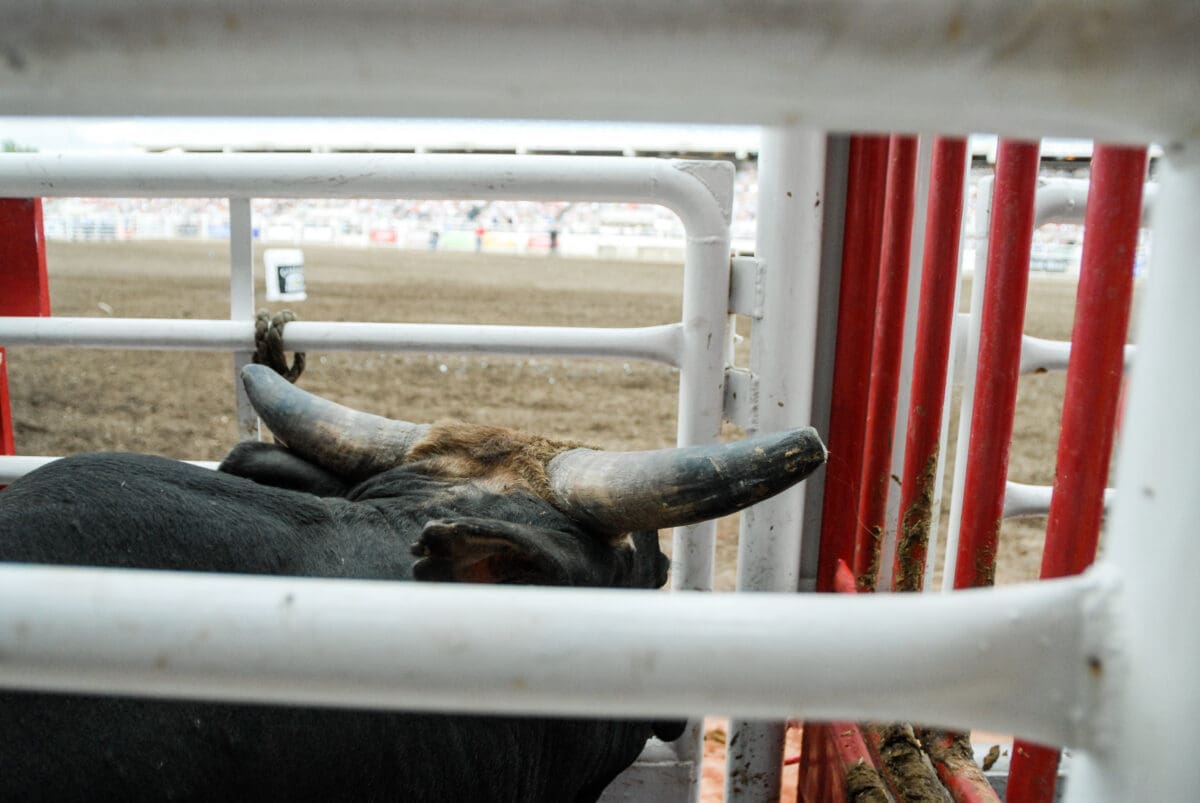



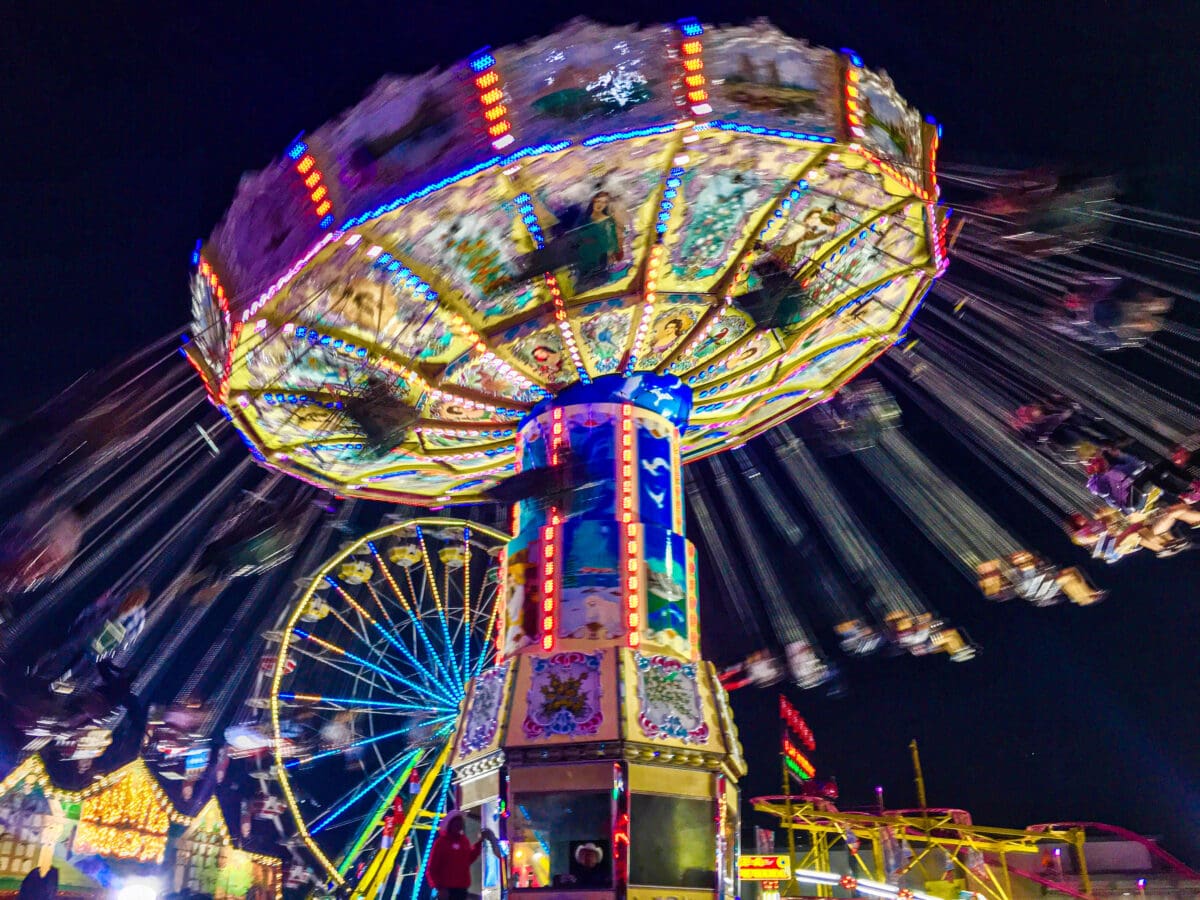
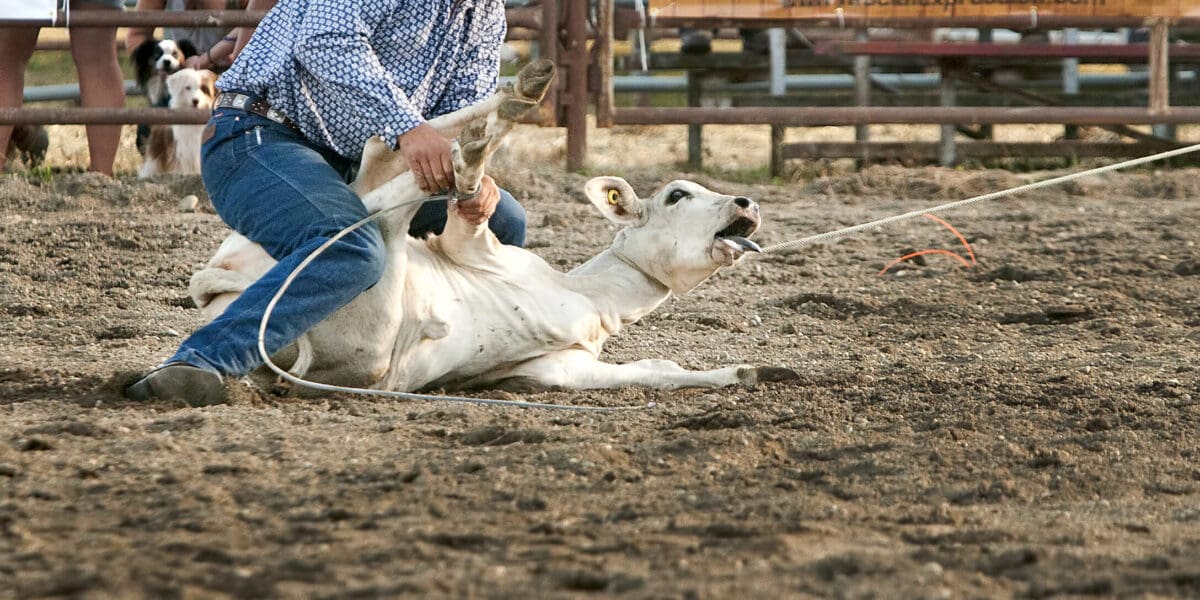
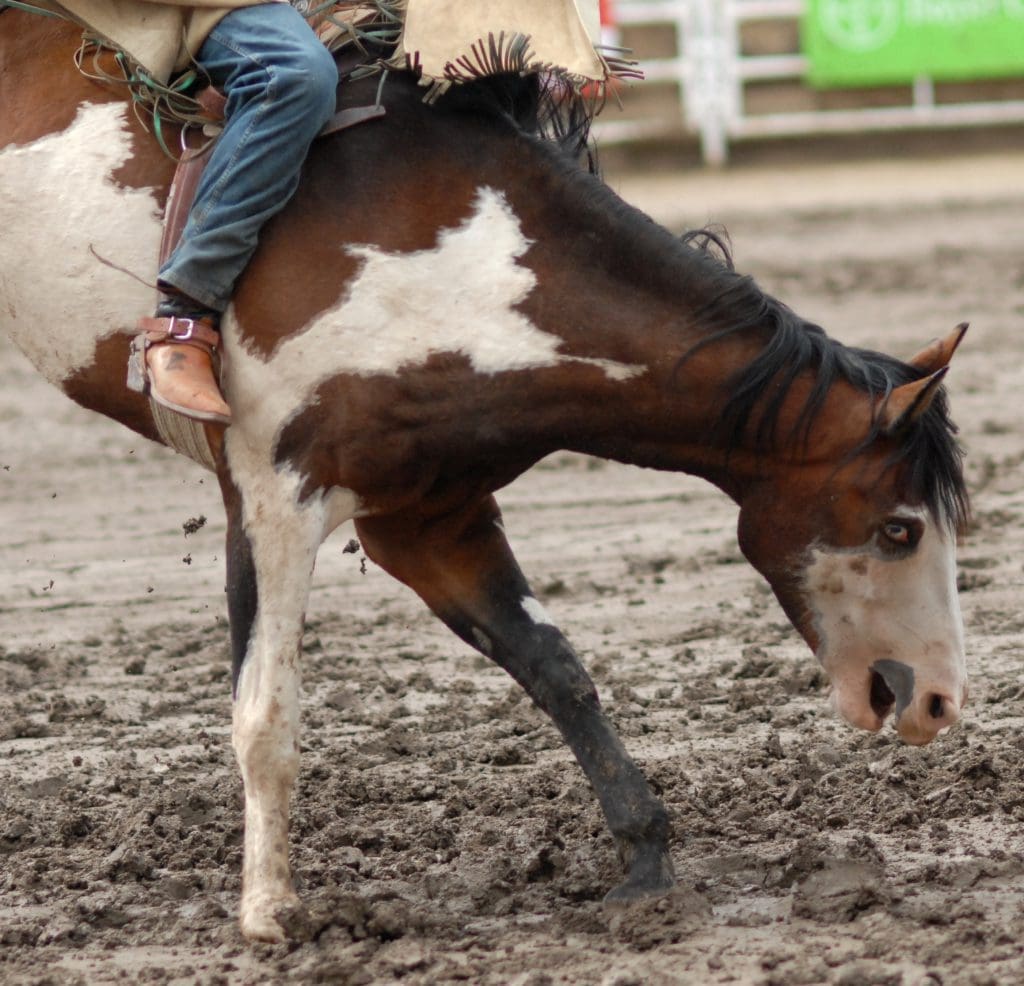

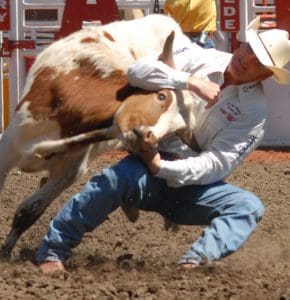 Does she know that steers died in the Stampede rodeo’s steer-wrestling event in 2014 and 2013?
Does she know that steers died in the Stampede rodeo’s steer-wrestling event in 2014 and 2013?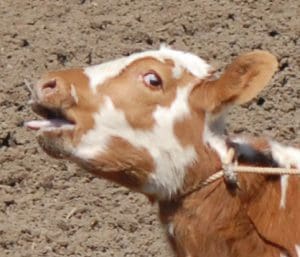 Does Arden care that virtually all animal welfare agencies around the world are opposed to rodeos – organizations like the Canadian Federation of Humane Societies and the national SPCAs of the United States, Australia, New Zealand, South Africa and the UK.
Does Arden care that virtually all animal welfare agencies around the world are opposed to rodeos – organizations like the Canadian Federation of Humane Societies and the national SPCAs of the United States, Australia, New Zealand, South Africa and the UK.